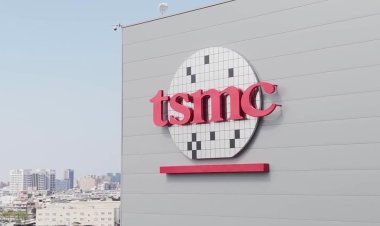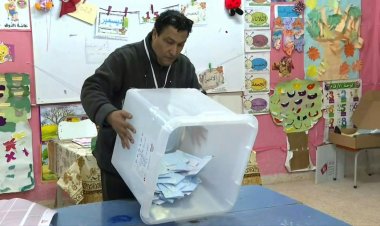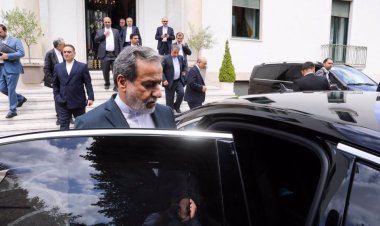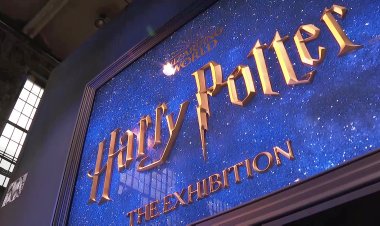US job growth surged in September, easing slowdown fears
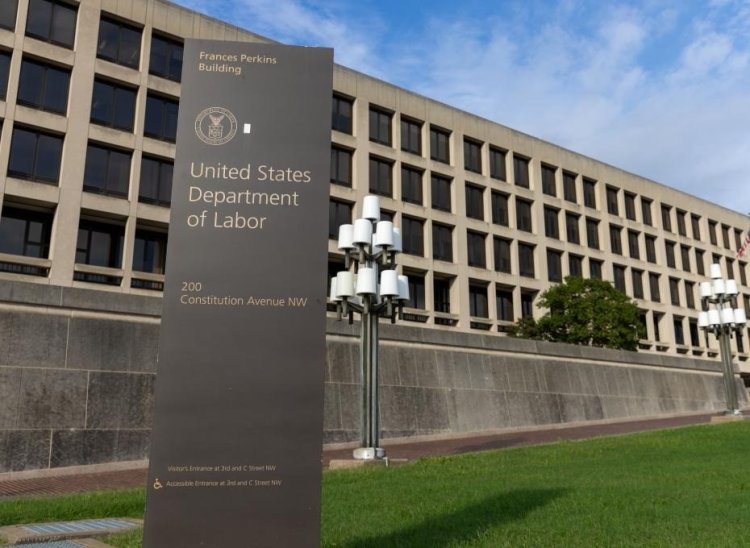
Hiring in the US surged unexpectedly last month, easing fears that the economy might be heading for a sudden, sharp downturn.
Employers in the US added 254,000 jobs in September, much more than expected, while the jobless rate dipped from 4.2% to 4.1%, the Labor Department said.
That was the strongest gain since March, and was far higher than the roughly 150,000 many analysts had forecast.
President Joe Biden welcomed the report, one of the last major pieces of economic data that voters will receive before the presidential election.
Surveys indicate public doubts about the economy have remained persistent, as a 20% rise in prices since 2021 weighs on sentiment.
Over the past year, job growth has also slowed and the unemployment rate has been edging higher, though it remains at historically low levels.
Last month, the US central bank cut interest rates by a bigger-than-usual 0.5 percentage points, saying it wanted to avoid any further weakening in the labor market.
But this report showed solid wage gains and eased fears of a sudden change for the worse in the labor market.
Bars and restaurants led the hiring in September, adding 69,000 jobs, according to the report. Retailers and health care firms also reported job gains, while the manufacturing sector shed positions.
The Labor Department also updated its estimates of job creation in August and July, saying employers had added about 72,000 more jobs than previously thought.
Average hourly pay was up 4% over the last 12 months, according to the report, outpacing the pace of inflation during that time.
However, analysts cautioned that September can be a quirky month for data, given the start of the school year. Next month, job figures may be hit by the labor strike at Boeing and damage from Hurricane Helene.
Analysts said they still thought the Fed would cut rates in the months ahead, noting that price inflation seems headed back to the bank's 2% target.




